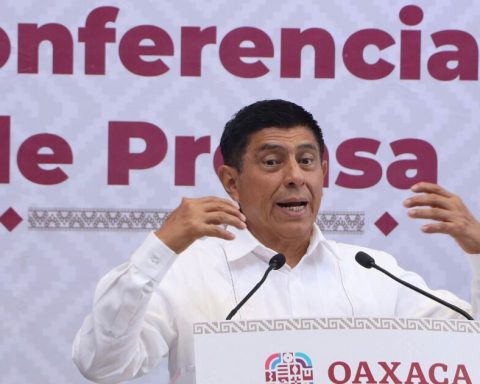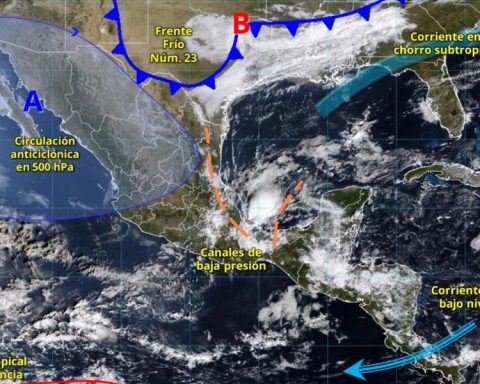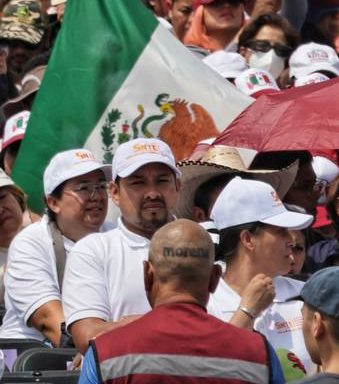The Treasury’s report on public finances and debt He stressed that of the total of 2.662 billion pesos, 85% is for tax credits to legal entities (companies), and the rest to individuals with and without business activity. Of the total that companies supposedly owe, large taxpayers (companies with income greater than 1.8 billion pesos per year) have tax credits for 968.015 billion pesos, that is, 43%.
By economic sectors, the one of the manufacturing industries is the one that accumulates the highest amount in tax creditsfollowed by the business support services and waste management and remediation services sector, wholesale trade, and construction. All have credits above 200,000 million pesos, and up to 343,000 million.
In total, the SAT determined 1,862,182 credits, of which 76% are collectible due to uncontroversial credits, and 23.8% have a low probability of collection also due to uncontroversial tax credits, the rest, 11.3% is due to controversial tax credits.
According to the Treasury, there are controversial tax credits, which are when taxpayers do not agree with the authority and appeal this difference in court; and non-controversial credits, which are the debts controlled by the SAT and accepted by the taxpayer.
Among the non-controversial ones, there are those that are collectible and those with a low probability of collection. The first are those that the tax administration has in some phase of the enforcement procedure for its work. Those that have a low probability of collection are those credits that the tax administration has determined to be charged to insolvent debtors, not located and in verification of uncollectibility.














